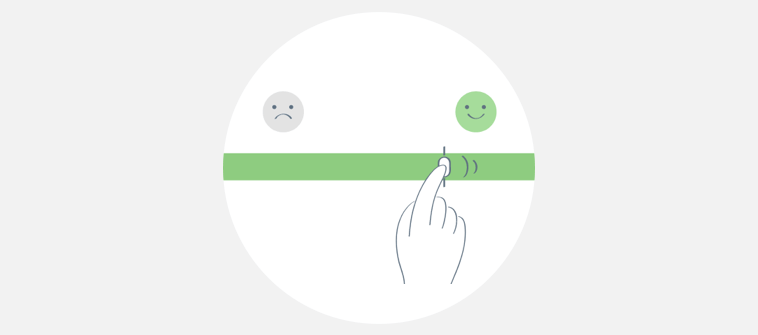
The quality of customer experience a business provides generally goes a long way towards determining how successful that business is. A major reason as to why companies invest so heavily in things like customer service training programmes, and why they put so much effort into handling feedback, queries, and complaints.
With that being said, one aspect of delivering high-quality customer service, that is sometimes undervalued, involves understanding the tone of clients and using this to shape a response. In this article, we take a closer look at the importance of tone and the value that getting to grips with it can deliver to customer service outcomes.
Basic Comprehension
At its most basic level, understanding the tone of a client or customer helps you to understand the intentions behind what they are saying. After all, different tones can dramatically alter the meaning of sentences, and without understanding what is meant, it is difficult to deliver a satisfactory customer service response.
In fact, several neurological studies show that we process words and tones in two different parts of the brain, with our interpretation of tone having the capacity to fundamentally shift our interpretation of words. What’s more, we are also able to process the ‘tone’ when reading the text, because our brains process the words on a page or screen in much the same way as they would if we were actually hearing them.
Take the words “thanks a lot,” for example. When said in a sincere tone, the meaning behind the words is a literal expression of gratitude. However, the same words can also mean something akin to “thanks for nothing” when said with a sarcastic tone. When said with an incredulous tone, they may even suggest offense has been taken.
In many cases, it will be possible to interpret this through text too. For example: “Thanks a lot,” is more likely to be sincere than “thanks a lot…”, because the ellipsis removes some of the finality.
Sensing tone through text is something that should be worked on in customer service coaching sessions, as it can be complicated.
Appropriate Responses
Deciphering the meaning and intention of your clients’ words is the first step towards achieving success in customer service, but a high-quality customer experience is ultimately defined by the actions you take and by your overall response to questions, concerns or complaints.
Understanding the tone is crucial for ensuring this response is appropriate. Generally speaking, the most appropriate thing to do is to deal with clients in a tone that is fairly similar to theirs’. For this reason, you should use customer service training and customer service coaching to emphasize the importance of tone mirroring.
“Mirroring your customer’s tone lets them know you’re on their side. For a majority of interactions, the sweet spot is almost always ‘somewhat like your customer’ but not a caricature.”
If you are dealing with an excited customer, you should be enthusiastic in your response. If your client is expressing concerns, you should mirror the seriousness of their tone.
Of course, the exception is when they are expressing anger. Mirroring their tone in this situation will only escalate the issue, so you need to stay calm instead.
Your Corporate Tone
In addition to helping staff to deal with one-to-one interactions more appropriately, understanding your clients’ tone of voice is also important because it can help you develop and maintain your own broader corporate tone.
Essentially, this will allow you to utilize a voice that fits with what customers expect and want to hear.
“Analyse the language people use in their written communications to you,” says Harriet Cummings, in an article written for Distilled.
“For example, collate all Twitter messages and identify any commonly used words. The level of formality and type of language will differ from platform to platform, so keep this in mind.”
Once you have established some basic ideas about how people talk about your business, you will have a better idea of what is appropriate for your corporate tone and can think about using similar language. The tone you settle on can then be adopted for more general customer service communications like emails and social media posts.
It may well be the case that your corporate tone shifts slightly between different platforms too, based on average customer tone. If people tend to speak to you in a professional tone via email, mirror this. If they tend to use less formal and more relaxed language on Twitter, it might be advisable to do the same back.
Do you want a free Live Chat software?
We have the #1 Online Live Chat Software for instant customer support 24x7







